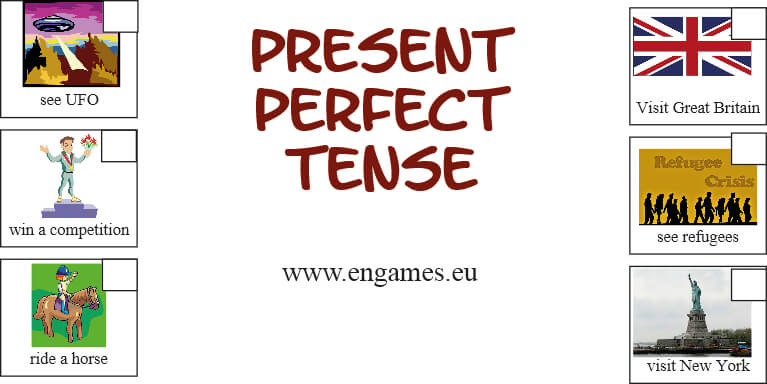


Tip: Be aware that you may need to outlaw sentences related to gender and sports teams with kids! Target Language The last student with lives remaining is the winner.

In the original game sentences start with Never have I ever…, but with most students just use I have never… to avoid confusion. One student says something that they have never done, but that they think other students have done.When playing as a large class, students should stand up too. You can start with three or five lives, depending on the desired game length. All students extend their fingers on one hand to indicate the number of lives they have.Other games are available on the board games page.This game can be played as a class, in small groups, or in pairs (with the teacher if necessary). Students are challenged to make suitable sentences about a variety of random topics. The present perfect continuous is one of the tenses used in the grammar review board game. The class has to guess what the original stem was. Students have to complete sentence stems with their own ideas and then read only their part to the class. I often use this fun activity from Alex Case’s site. When the list is complete, find out how long their partner has been involved with that hobby or activity. Here is an online exercise for practising for and since with the present perfect (continuous).Īsk students to find out and make a list of some of their partner’s hobbies and interests.Give students the following time phrases and have them write them in the correct column.Ī long time, two weeks, the last lesson, I was a child, the start of the year, half an hour, ages, 10 years ago, ten years.Ĭhallenge them to make sentences using variations of the time phrases given. Tell students to divide a page into two columns and to write for on one side and since on the other. Online Present Perfect Continuous Exercisesįor online present perfect continuous exercises and activities see our online-focused site These are some of the activities I have used. Present perfect continuous is often taught in conjunction with present perfect.


 0 kommentar(er)
0 kommentar(er)
